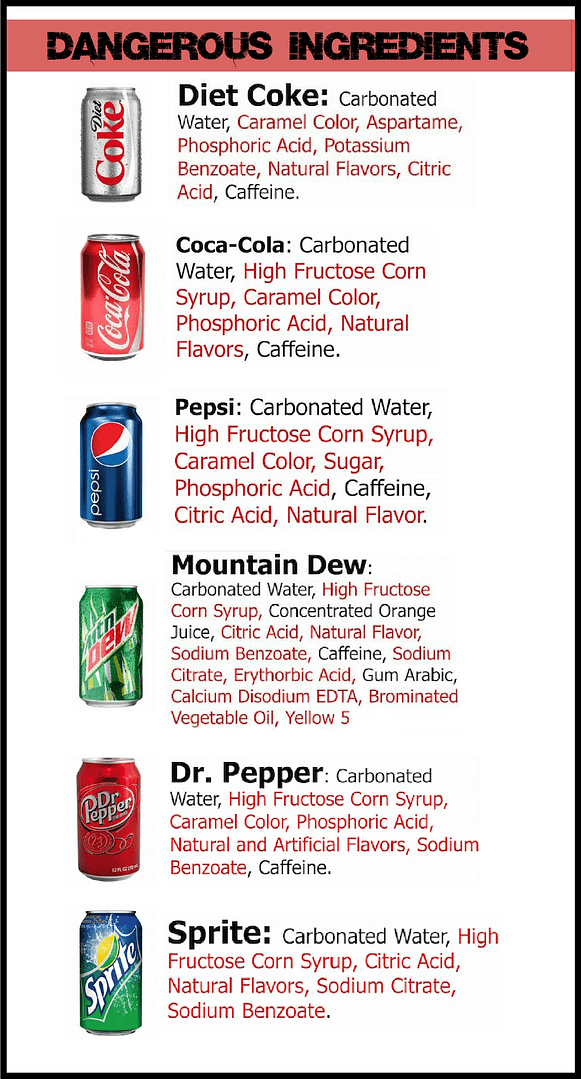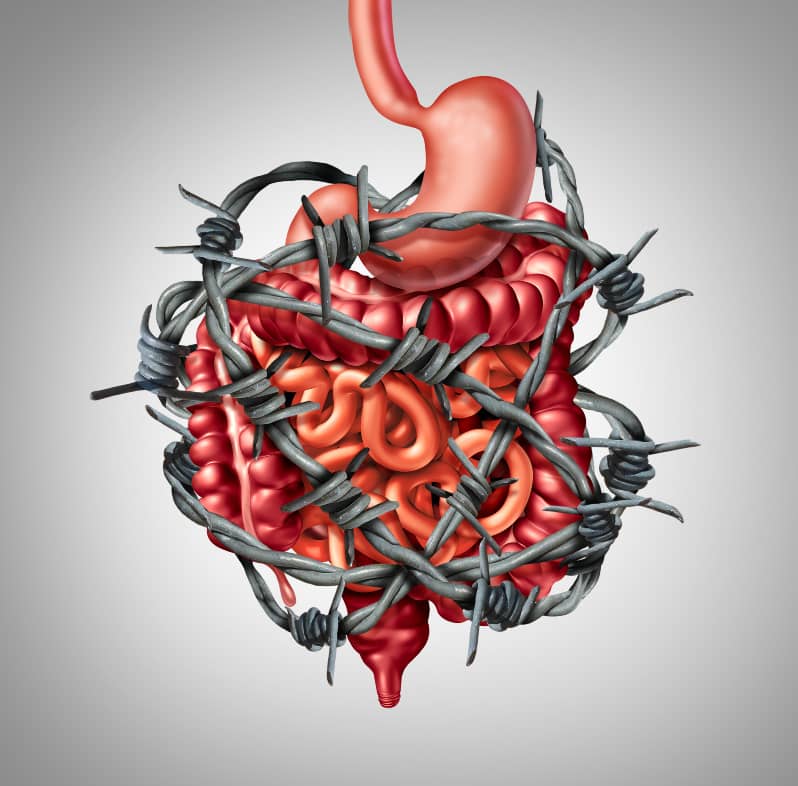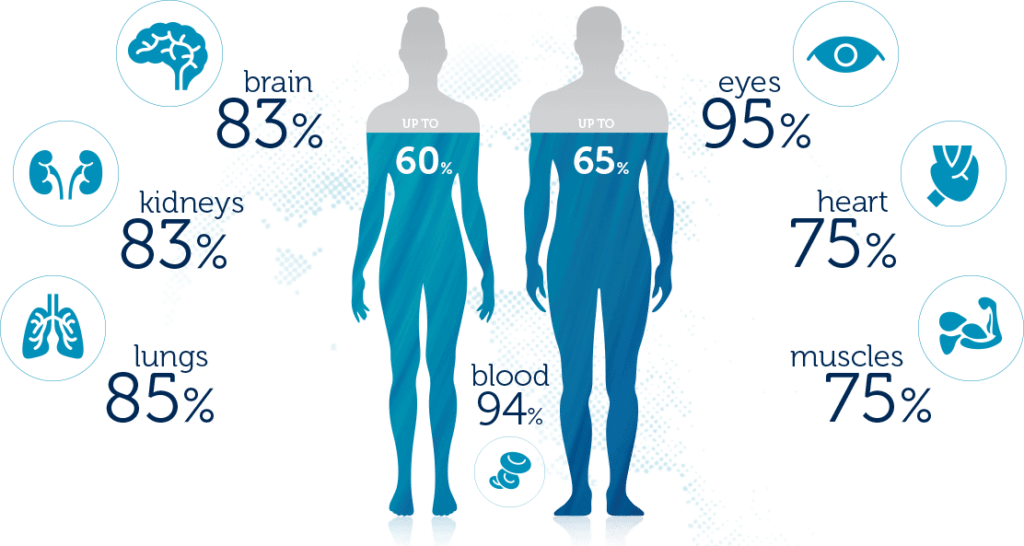Vitamin D is one of the most common vitamin deficiencies. Low levels can be linked to “cancer development, high blood pressure, heart disease, diabetes, depression, fibromyalgia, chronic muscle pain, bone loss, and autoimmune diseases” (Hyman, 2014). Because vitamin D is responsible for regulating and controlling our genetic code, along with helping calcium and phosphorous absorb for bone health, deficiency in this key vitamin can wreak wide-spread damage and inflammation in the body.
Those who live in Northern regions of the world, the aged, individuals with darker skin tones, and those who overuse sunscreen are at highest risk for vitamin D deficiency. Sunlight accounts for 80-100% of our body’s ability to make the proper levels of this vitamin (Hyman, 2014); however, most of us are not constantly exposed to the sun, and the wee-bit we get teased with through the winter months is not sufficient to rev up our stores. Plus, our skin cannot convert the sunlight streaming in through a window into vitamin D.
So what steps can we take to boost our vitamin D to a level that promotes health? According to Dr. Michael Holick, Professor of Medicine, Physiology, and Dermatology at Boston University School of Medicine, 2,000 IU a day can help keep blood levels to between 75 to 125 nmol/L (Hyman, 2014). It is tricky getting vitamin D from food alone, as there are only a few sources that provide the amount the body needs to help regulate cells and absorb calcium. Sources of vitamin D include fortified milk; oily fish such as herring, cod liver oil, salmon and mackerel; liver; and eggs. It is understandable why this has been called the most important vitamin for the body. It sets the foundation for all health to build upon and reduces inflammation, regulates cell division, and lessens risk for cancers and other autoimmune disease.
If you don’t know your vitamin D level, ask your doctor or practitioner to draw one, with the goal of keeping the blood level between at least 65-85 nmol/L. If you find you are deficient in vitamin D, ask your practitioner for a high quality D3 supplement. Knowing your number can reduce your chance of health risks caused by “D”eficiency.
Bibliography
Hyman, D. M. (2014, October 19). Dr. Mark Hyman. Retrieved November 6, 2015, from drhyman.com: http://drhyman.com/blog/2010/08/24/vitamin-d-why-you-are-probably-not-getting-enough/
Contributed by Terri Caunt, R.N., B.S.N.







